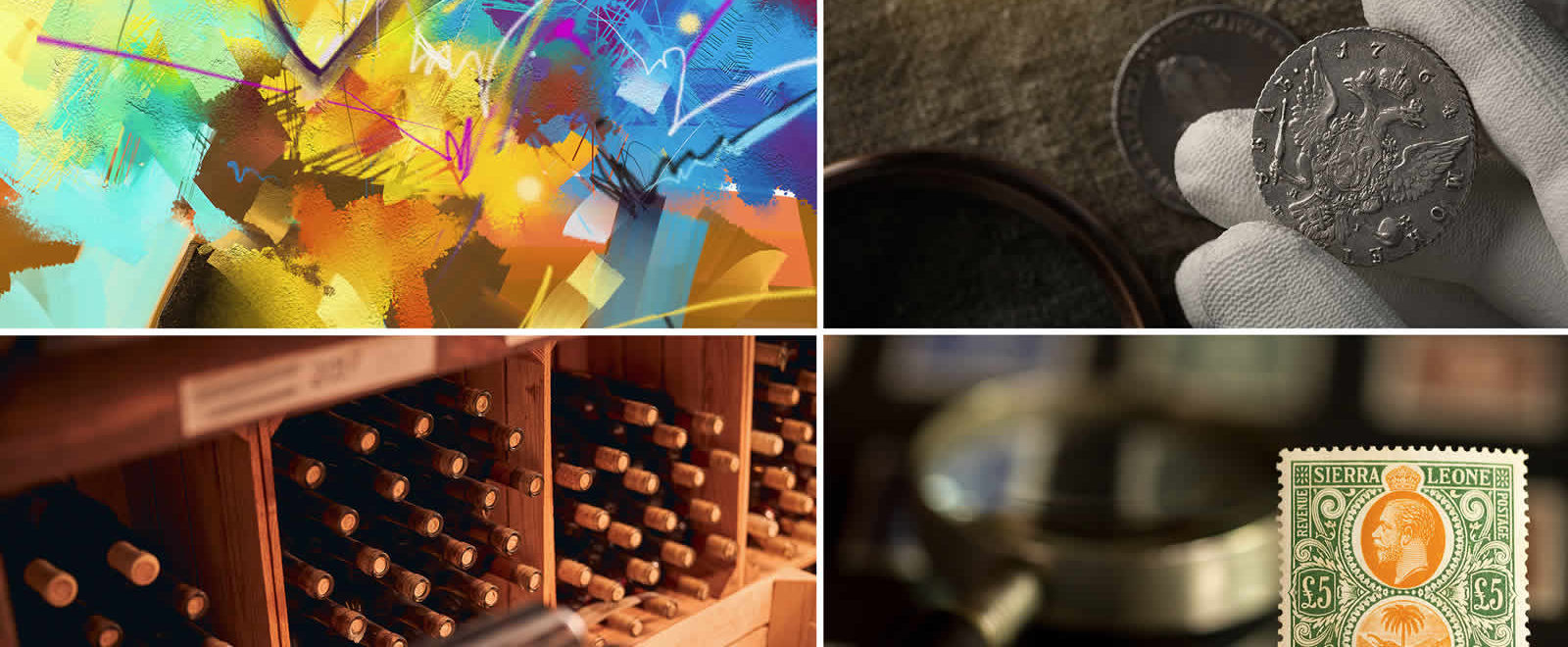IT PAYS TO UNDERSTAND THE OPTIONS BEFORE DEFAULTING TO HOMEOWNERS INSURANCE
By James Appleton
From fine art to fine wine, sports memorabilia to film memorabilia, rare coins to rare books – the items that collectors seek out and cherish fall into hundreds of categories. One characteristic shared by most serious collectors is specialization. They educate themselves about the history of their favorite collectibles, stay current on market trends and become experts in spotting a rare find. But when it comes to insuring their treasures, many collectors choose the most generic solution: their homeowners policy.
Given the amount of time, effort and money invested in building a specialized collection, doesn’t it make sense to seek out specialized insurance coverage that is designed specifically to provide coverage for these items in the event of loss or damage?
One of the most important differences between a homeowners policy and a collectibles policy is the valuation of covered items. Homeowners policies tend to insure objects for their actual cash value while collectibles policies insure for the full collectible value of items in the collection. This distinction alone can reflect a startling difference in potential claims payments in the event of a loss. As an example, consider the actual cash value of a used 90-year-old baseball versus the collectible value of a game ball signed by Babe Ruth.
When evaluating insurance coverage for a collection, it pays to understand precisely the types of perils covered to ensure that important exposures are addressed appropriately. Homeowners policies generally only cover named perils and exclude coverage for items in transit. By contrast, collectibles policies may include all-risk coverage and provide coverage for items in transit, items stored away from the home (such as in a storage facility) and accidental breakage. If you take items to collectors’ shows, a specialized collectibles insurance policy would likely provide coverage for the items in transit and during an event as long as you maintain care, custody and control of the collectibles.
Other factors to consider include the application process itself. Many stand-alone collectibles insurance providers streamline the application and policy issuance process by offering online premium quotations and binding. While homeowners policies typically require appraisals for collections over $5,000 as part of the underwriting process as well as a detailed inventory of all items to be covered, many specialty collectibles policies only require an appraisal in the event of a claim and may require a detailed inventory only for items that exceed a specified valuation threshold.
In the event of an insured claim for loss or damage to covered items, deductibles and limits help determine the outcome in terms of a claim payment. Zero-dollar deductibles are the standard for collectibles insurance policies with some offering additional deductible options. Homeowners policies may offer zero-dollar deductibles, but it is not as common. The per-item covered limit for fine art and collectibles generally ranges from $500 to $2,000 for a homeowners policy without the addition of a floater or rider. Even with an added floater or rider, homeowners policies tend to limit the maximum level of exposure. A dedicated collectibles policy may offer coverage up to $1 million or more.
The ultimate purpose of insurance is to make the policyholder whole in the event of a covered claim. Both homeowners policies and stand-alone collectibles policies process claims, but there’s more to the story. In today’s insurance market, filing a claim against a homeowners policy may leave you vulnerable to premium increases when it’s time to renew your policy. In a worst-case scenario, the policy may be declined for renewal. With a separate collectibles policy, claims do not affect your homeowners premiums or loss history, and they are not reported to an industry-wide database like CLUE (Comprehensive Loss Underwriting Exchange). In addition, companies that offer collectibles insurance may have claims adjusters with a high level of expertise in this area. Adjusters with this specialized knowledge are better able to determine the value of unique or rare items, which should expedite the claims process and lead to a better outcome for you, the policyholder.
Insuring your treasured collection is an important factor in maintaining its value and providing peace of mind for you. Before opting to insure these items under a standard homeowners policy, take some time to research specialized insurance policies that may be a better fit for your needs and ultimately provide a more appropriate level of coverage for your current collection as well as your next exciting acquisition.
JAMES APPLETON is Director of Sales, Special Risk, for Phoenix-based MiniCo Insurance Agency, and manages the company’s collectibles insurance program.


